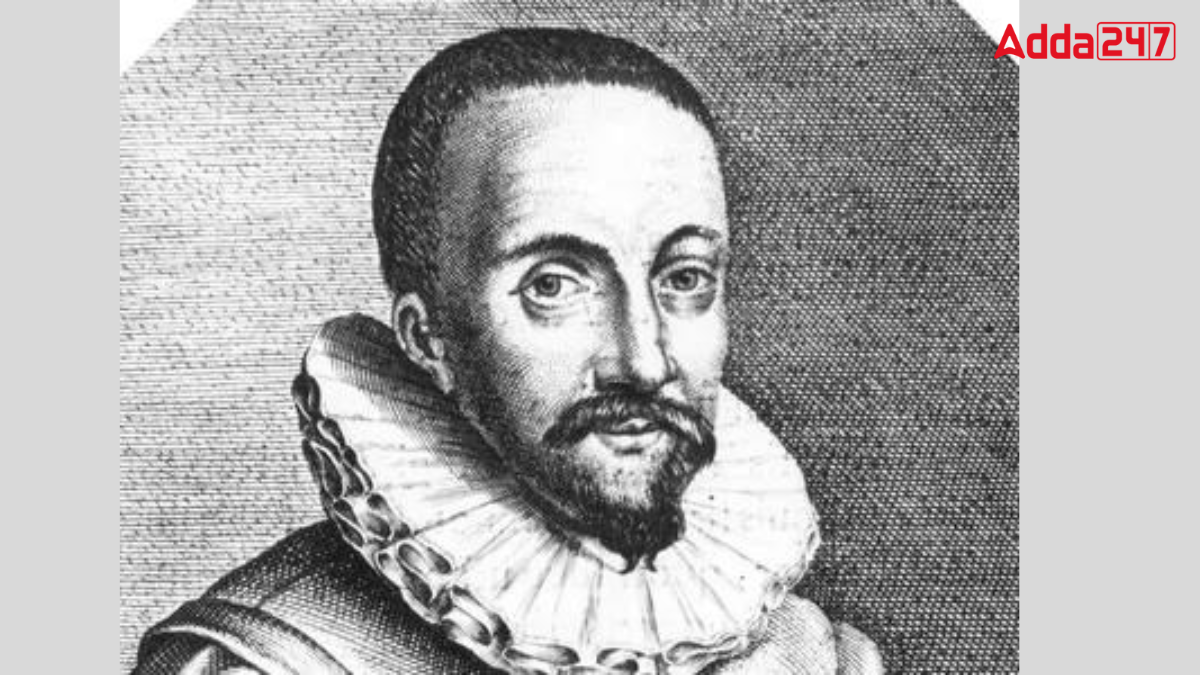The invention of the telescope is credited to Dutch optician and eyeglass maker Hans Lippershey in the early 17th century. A telescope is an instrument that uses one or more curved mirrors or lenses to observe distant objects. The telescope has evolved over time, with many scientists and inventors contributing to its development. This instrument has played a vital role in astronomy, leading to many groundbreaking discoveries and expanding our understanding of the universe.
Invention of the Telescope
The first telescope was invented by Dutch optician and lensmaker Hans Lippershey around 1608. Lippershey’s telescope used a convex objective lens to collect light and a concave eyepiece lens to magnify the image. This design, known as the refracting telescope, formed the basis for future telescopes. In 1609, Galileo Galilei built his own telescope using Lippershey’s design and made many groundbreaking discoveries, such as the four largest satellites of Jupiter, the phases of Venus, and the mountains and craters on the Moon.
In the early 17th century, Johannes Kepler developed the Kepler telescope, which used a convex objective lens and a convex eyepiece lens. This design was more compact and portable than the refracting telescope but had a narrower field of view. In 1668, Isaac Newton developed the reflecting telescope, which used a curved mirror to reflect and focus light. This design eliminated the chromatic aberration problem of the refracting telescope and allowed for larger aperture sizes.
Inventor of the Telescope
Hans Lippershey, a Dutch optician and lensmaker, is credited with inventing the telescope in 1608. His design used a convex objective lens and a concave eyepiece to magnify distant objects. Although Lippershey was the first to apply for a patent, other inventors like Jacob Metius and Zacharias Janssen also contributed to the early development of telescopes.
Important Dates in the History of the Telescope
- 1608: Hans Lippershey, a Dutch lensmaker, invents the telescope and applies for a patent.
- 1609: Galileo Galilei builds his own telescope and makes significant astronomical discoveries.
- 1668: Isaac Newton develops the reflecting telescope.
- 1758: John Dollond invents the achromatic lens, correcting chromatic aberration.
- 1845: The largest refracting telescope of the 19th century, the Great Refractor, is completed at the Berlin Observatory.
- 1890: The Yerkes 40-inch refractor, the largest of the 19th century, is completed at the Yerkes Observatory.
- 1917: The 100-inch Hooker Telescope, the largest of its time, is completed at the Mount Wilson Observatory.
- 1948: The 200-inch Hale Telescope, the largest in the world at the time, is completed at the Palomar Observatory.
- 1957: The Soviet Union launches Sputnik 1, leading to the development of radio telescopes for satellite tracking.
- 1969: The Arecibo Observatory, featuring the world’s largest single-aperture radio telescope, is completed.
- 1990: The Hubble Space Telescope is launched into orbit around the Earth.
- 2021: The James Webb Space Telescope is planned to be launched, being the most ambitious and complex space telescope ever built.
Structure of a Telescope
The structure of a telescope typically includes:
- Objective lens or mirror: Collects light from the object being observed and focuses it to form an image.
- Eyepiece: Magnifies the image formed by the objective lens or mirror.
- Tube or housing: Holds all the components in place.
- Focusing mechanism: Adjusts the distance between the objective lens or mirror and the eyepiece to bring the image into focus.
- Mount: The base that holds the telescope in place and allows it to be pointed at different objects.
- Diagonal mirror or prism: Reflects or refracts light at a 90-degree angle for comfort.
- Finder scope: A small telescope mounted on the main telescope to help locate objects.
- Tripod: A stand that holds the telescope and allows for angle adjustments.
- Control panel: Some telescopes have a computerized control system for remote control of movement and tracking.
- Accessory tray: Optional component for placing accessories like eyepieces and filters.
- Barlow lens: Increases the magnification of the eyepiece.
- Dew shield: Prevents moisture from forming on the objective lens to improve image quality.
Types of Telescopes
There are several types of telescopes, each with unique characteristics:
- Refracting Telescope: Uses lenses to bend and focus light.
- Reflecting Telescope: Uses a mirror to reflect and focus light.
- Catadioptric Telescope: Combines mirrors and lenses to reflect and refract light.
- Radio Telescope: Observes radio waves emitted by celestial objects.
- X-Ray Telescope: Observes X-rays emitted by celestial objects.
- Gamma Ray Telescope: Observes gamma rays emitted by celestial objects.
- Infrared Telescope: Observes infrared radiation emitted by celestial objects.
- Ultraviolet Telescope: Observes ultraviolet radiation emitted by celestial objects.
Importance of Telescopes in Science
Telescopes play a crucial role in science by:
- Observing distant objects: Such as stars, galaxies, and nebulas.
- Measuring properties: Such as distance, size, temperature, and composition.
- Studying the universe’s structure and evolution: Including galaxies, stars, and planets.
- Searching for exoplanets: Planets orbiting stars other than the Sun.
- Studying the Solar System: Including planets, moons, asteroids, and comets.
- Observing the Sun: With special filters to study solar activity.
- Detecting and studying distant galaxies and quasars: Extremely bright objects powered by supermassive black holes.
- Exploring black holes: Studying their properties and testing general relativity.
- Studying the universe’s origins: Including the Big Bang and cosmic microwave background radiation.
- Mapping the galaxy: Studying the distribution of stars and gas.
- Searching for extraterrestrial life: Detecting water or oxygen on exoplanets.
- Testing physics and cosmology theories: Such as general relativity and the Big Bang theory.
- Understanding dark matter and dark energy: Studying the universe’s matter distribution.
- Providing a window into the past: Studying distant objects as they were millions or billions of years ago.
- Inspiring public interest in science: Promoting scientific literacy through observatories and educational programs.
About Modern Telescopes
Modern telescopes are equipped with advanced technology and are capable of observing a wide range of celestial objects. Significant innovations include adaptive optics, which corrects for atmospheric distortions, and interferometry, which combines signals from multiple telescopes to create detailed images. Notable large telescopes include the Keck Telescope in Hawaii, the Very Large Telescope (VLT) in Chile, and the Giant Magellan Telescope (GMT), which is under construction.
Space telescopes like the Hubble Space Telescope, launched in 1990, have made significant contributions to astronomy. The James Webb Space Telescope, set to launch in 2021, is expected to make groundbreaking discoveries in astronomy and cosmology. Modern telescopes help scientists unlock the secrets of the universe and provide new insights into the cosmos.




 Which Lake is known as the Five Flower L...
Which Lake is known as the Five Flower L...
 Which Waterfall is known as the Smoke th...
Which Waterfall is known as the Smoke th...
 Which Country Invented the Cricket?
Which Country Invented the Cricket?







